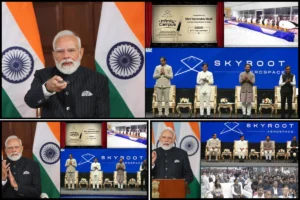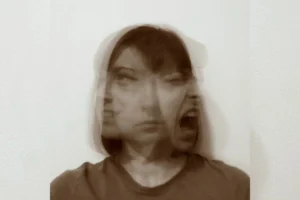
Quantum information technology.
Quantum Breakthrough: Scientists demonstrate a new technique for extending the length of time. So that Qubits can retain information by breaking the symmetry of their environment.
A qubit is the fundamental unit of quantum information, the quantum analog of a traditional computing bit. Qubits can hold on to information for only so long before noise, or interfering signals, destroys the information.
It’s important because it will longer the coherence time. Longer coherence times are useful in applications such as computing, long-distance communication, and sensing in areas such as medicine, navigation, and astronomy.
Coherence times means extending the length of time ‘the information remains stable’. It is one of the biggest challenges in quantum information science.
Qubits come in different types, one of which is a lab-engineered molecule. Molecular qubits are modular, meaning they can be moved from one environment and placed in another with ease. By contrast, other types of qubits, such as those made of semiconductors, are highly wedded to their environment.
The explanation
The team’s qubit is made of a chromium-based ion attached to carbon-based molecules. For a molecular qubit, the main source of noise is the magnetic fields in its surroundings.
The magnetic fields tend to jostle the qubit’s energy levels, which encode the information. The crystal’s asymmetry shields the qubit from the potentially disruptive magnetic fields, and the information is preserved for longer.
In order to improve the qubit’s properties, the team developed a mathematical tool. That accurately predicts any molecular qubit’s coherence time based on the structure of the host crystal.
The qubit is protected from noise by the asymmetry. Asymmetry allows it to preserve information five times longer than if it were housed in a symmetrical structure. The study team obtained a coherence time (the time the qubit maintains information). It can be of of 10 microseconds, or 10 millionths of a second, compared to a molecular qubit’s coherence time of 2 microseconds in a symmetrical crystal host.
“The change was realized just by interchanging single atoms on the host molecules, one of the smallest changes you could get, and it gave rise to the five-fold enhancement in coherence time,” said the University of Glasgow’s Sam Bayliss, who co-authored the study. “It’s a nice demonstration of this atomic-level tunability that you get with molecules. Chemical techniques intrinsically provide control on the level of single atoms, which is a dream in a lot of modern technologies.”
To read more such news, download Bharat Express news apps


















